Biggest mistakes made during the Cold War
The Cold War, a period of geopolitical tension between the Soviet Union and the United States, was akin to a global chess game with high stakes. It spanned from the end of World War II in 1945 to the collapse of the Soviet Union in 1991. The struggle was not just about military might but also ideological supremacy, with capitalism and communism vying for influence worldwide. This era was marked by numerous conflicts, proxy wars, and a constant threat of nuclear warfare.
The Potsdam Conference: Setting the Stage for Discord
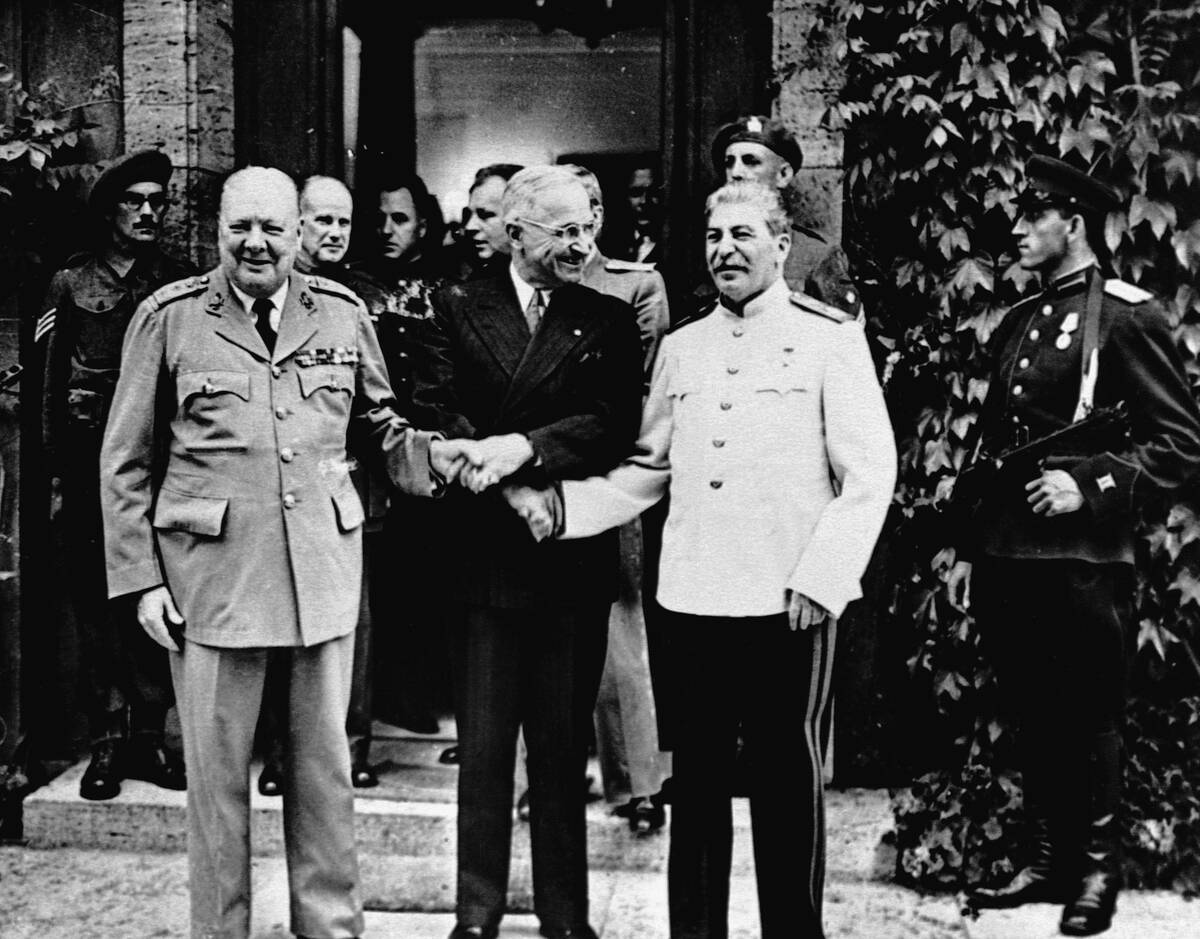
In July 1945, the Potsdam Conference brought together leaders from the United States, the United Kingdom, and the Soviet Union. Their aim was to decide the post-war order in Europe. However, tensions were high as differing visions for the future emerged. The conference highlighted disagreements over the fate of Germany and Eastern Europe’s future, setting the stage for future discord. This meeting underscored the growing divide between the former allies, foreshadowing the onset of the Cold War.
The Iron Curtain Descends: Missteps in European Division
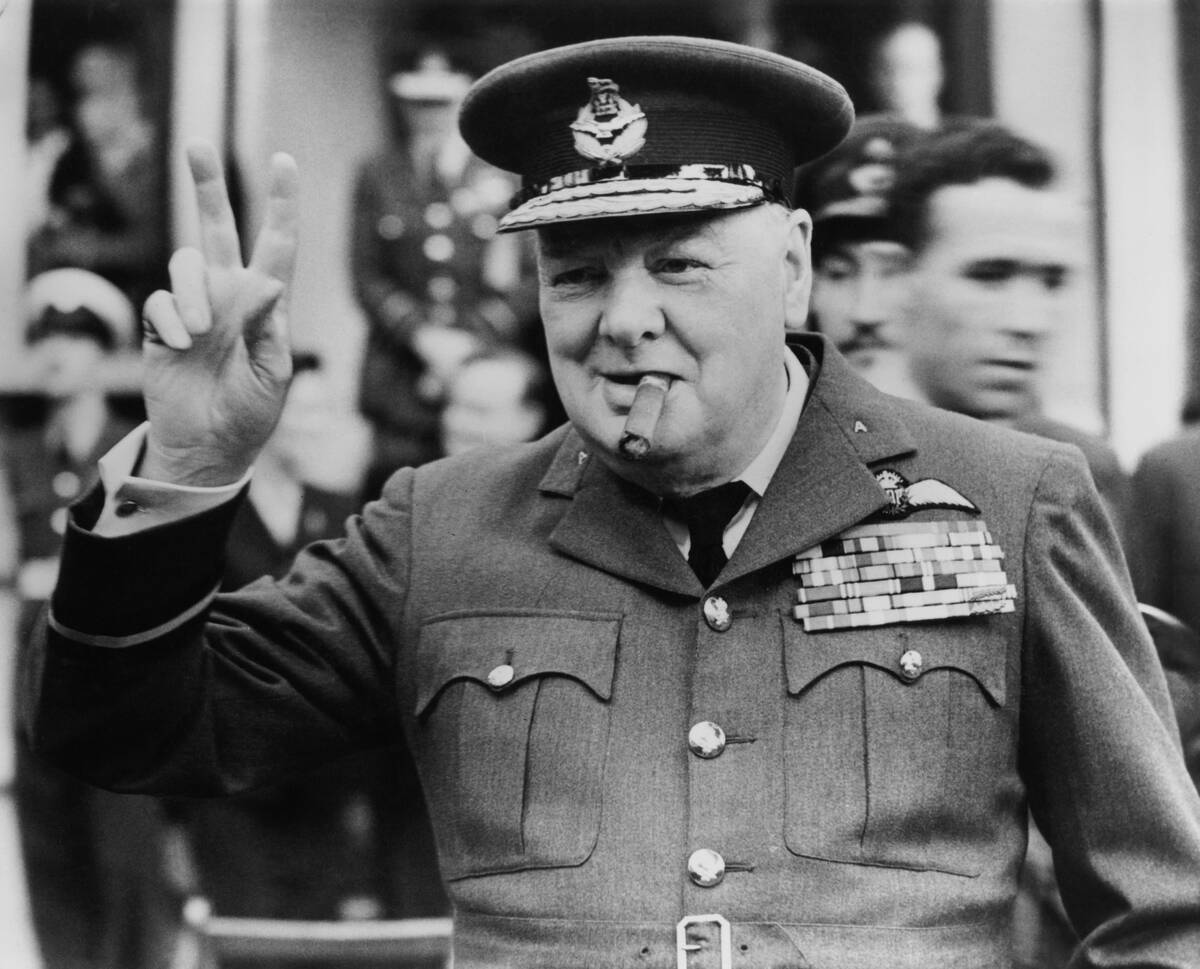
Winston Churchill famously described the division of Europe as an “Iron Curtain” descending across the continent. This metaphor highlighted the stark divide between the communist East and capitalist West. The missteps in European division were evident as countries like Poland and Hungary fell under Soviet influence, despite earlier promises of free elections. This division solidified ideological boundaries and isolated Eastern Europe from Western influence, deepening the East-West divide.
The Berlin Blockade: A Standoff in the Heart of Europe
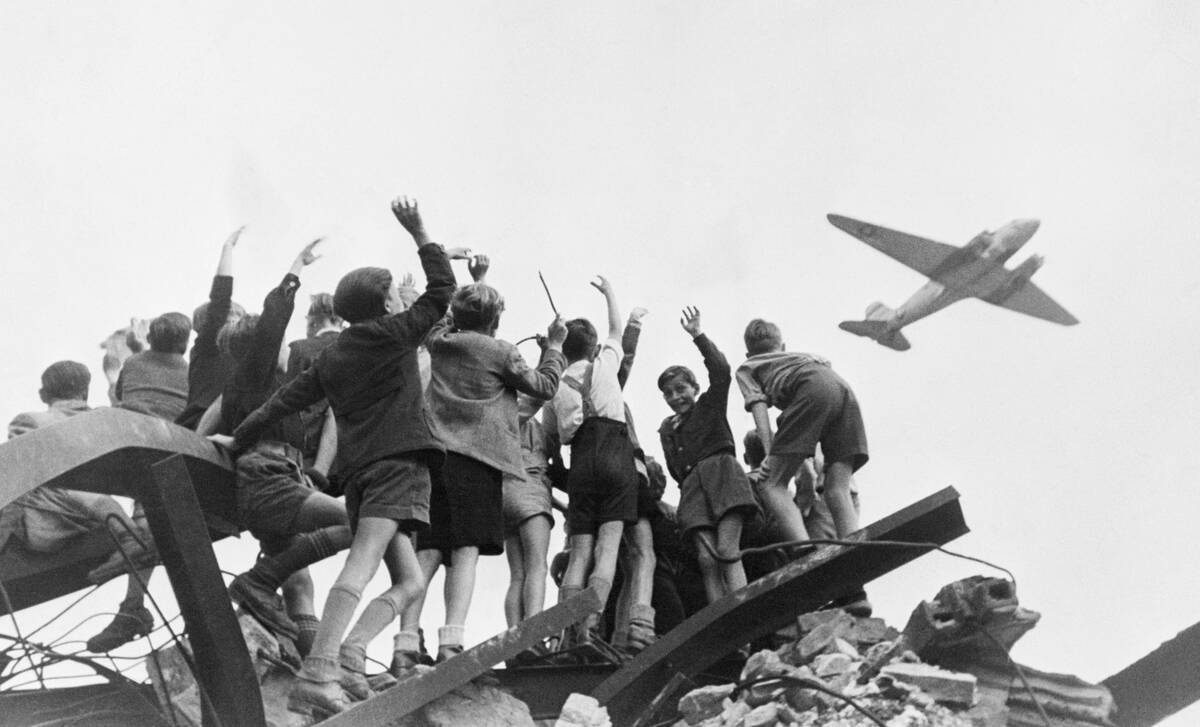
In 1948, the Soviet Union blocked all ground access to West Berlin, effectively stranding the city’s residents. This bold move aimed to force the Western Allies out of Berlin. The United States and its allies responded with the Berlin Airlift, a massive operation that flew in vital supplies for nearly a year. The blockade’s failure demonstrated Western resolve and the importance of Berlin as a Cold War hotspot, deepening the divide between East and West.
The Korean War: A Proxy War with Lasting Consequences
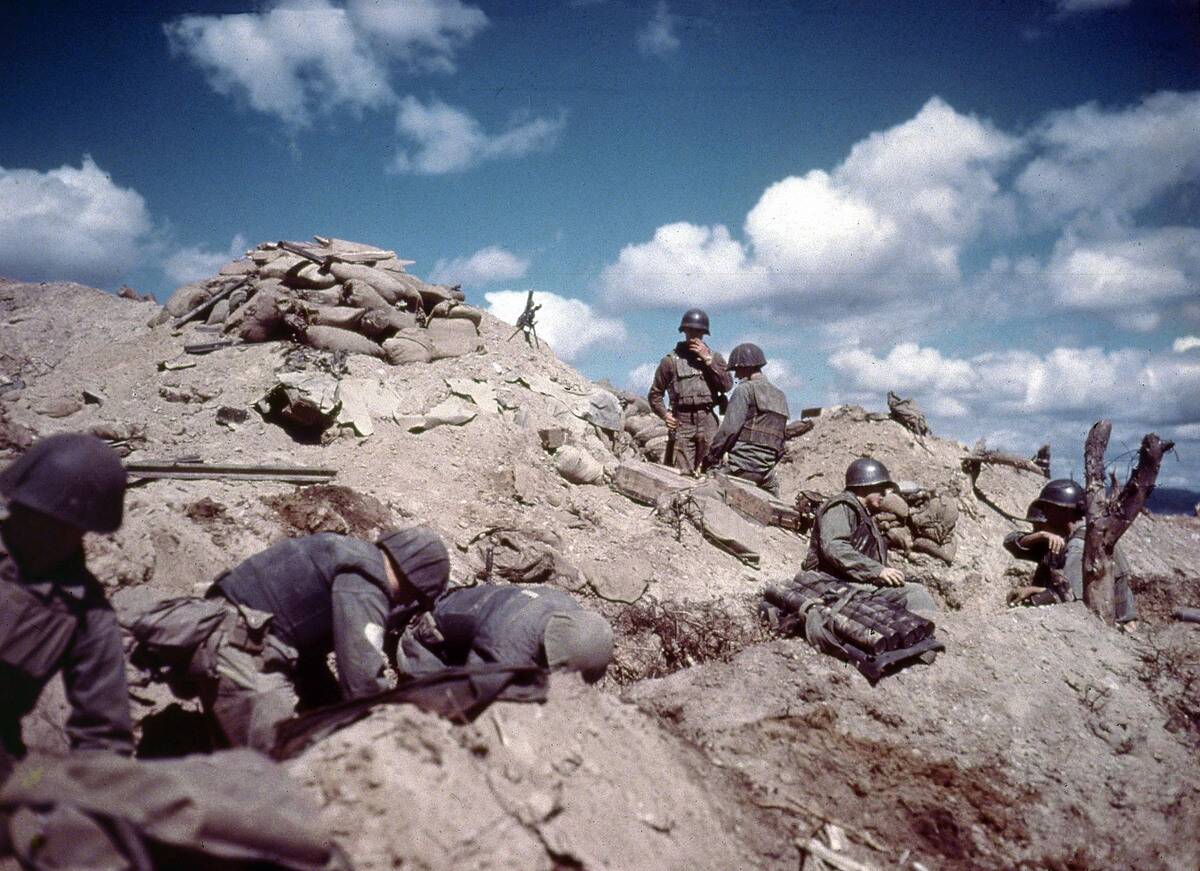
The Korean War, commencing in 1950, was one of the first major conflicts of the Cold War era. North Korea, backed by China and the Soviet Union, invaded South Korea, which was supported by United Nations forces led by the United States. This brutal conflict ended in 1953 with an armistice, but no peace treaty was signed, leaving the peninsula divided to this day. The war highlighted the Cold War’s global impact, showing how local conflicts could escalate into international confrontations.
The Nuclear Arms Race: When Bigger Wasn’t Always Better
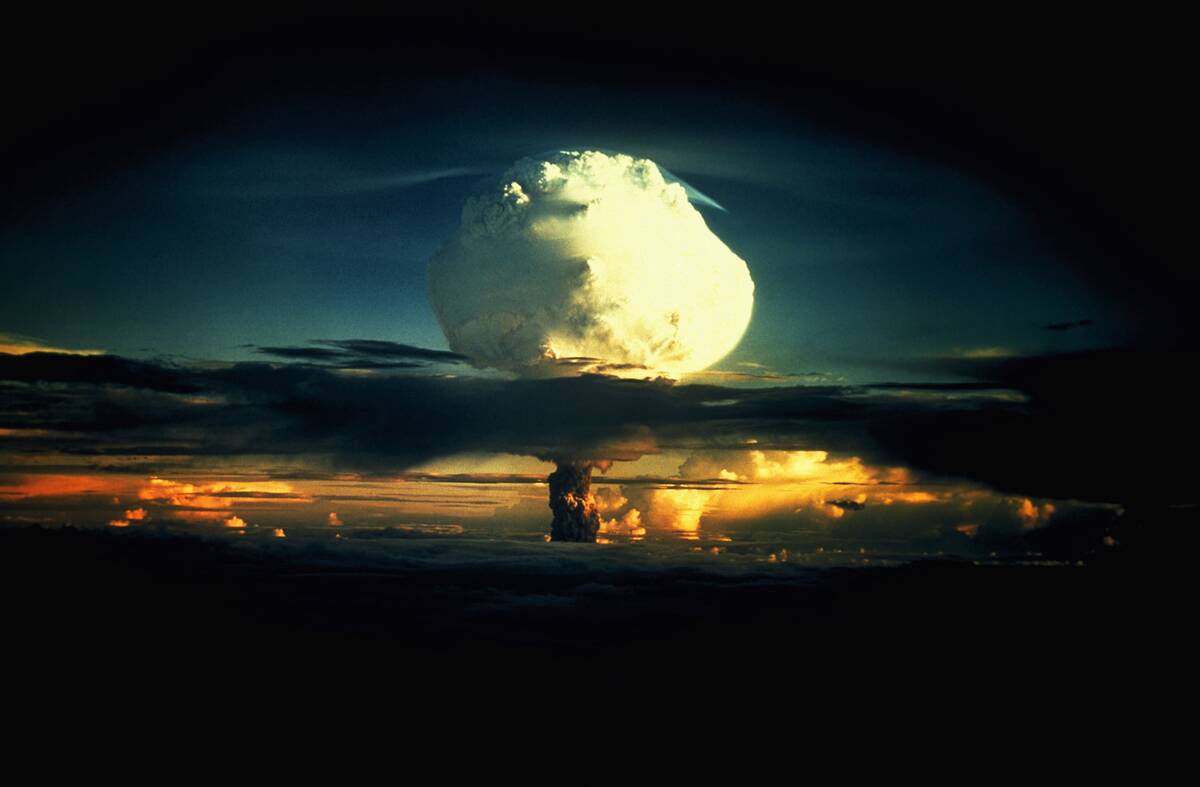
During the Cold War, both superpowers engaged in an unprecedented arms race, stockpiling nuclear weapons at an alarming rate. The United States developed the hydrogen weapon in 1952, with the Soviets following suit by 1953. This constant escalation led to the concept of mutually assured destruction, where neither side could risk a first strike without facing catastrophic retaliation. The sheer volume of nuclear arsenals underscored the absurdity of the arms race, as bigger didn’t necessarily mean better.
The Cuban Missile Crisis: Teetering on the Brink of Disaster
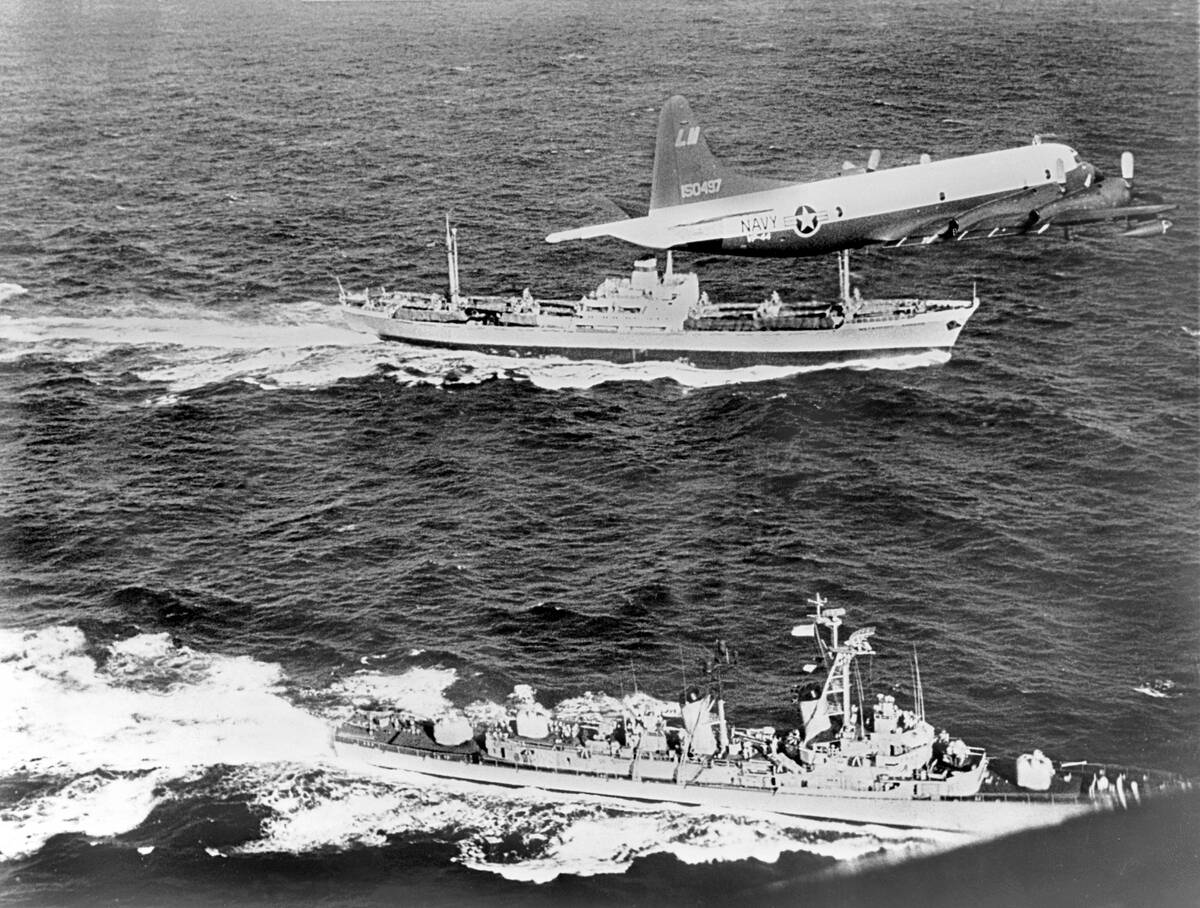
In October 1962, the world held its breath during the Cuban Missile Crisis. The discovery of Soviet missiles in Cuba brought the superpowers perilously close to nuclear war. For 13 tense days, negotiations ensued, with President Kennedy and Premier Khrushchev ultimately reaching a compromise. The Soviets would remove their missiles in exchange for a U.S. pledge not to invade Cuba and the secret removal of U.S. missiles from Turkey. The crisis was a stark reminder of how close the world came to disaster.
Vietnam War Escalation: A Quagmire of Epic Proportions
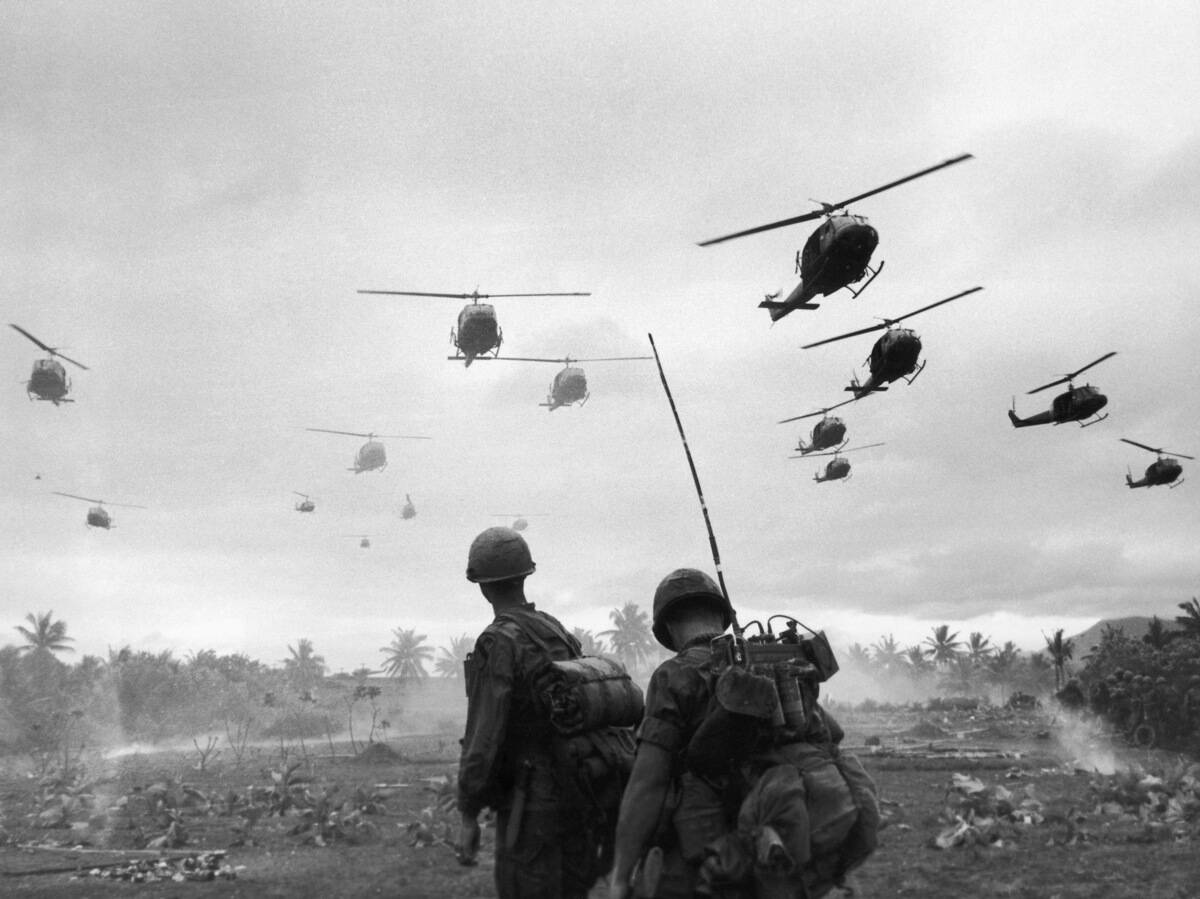
The Vietnam War, escalating in the 1960s, became a quagmire for the United States. Initially a civil conflict between North and South Vietnam, it drew in the U.S. as part of its strategy to contain communism. The war saw massive troop deployments and widespread protests back home. Despite superior military might, the U.S. struggled against the Viet Cong’s guerrilla tactics. The war ended in 1975 with the fall of Saigon, leaving a lasting impact on American society and foreign policy.
The Bay of Pigs Invasion: A Botched Attempt at Regime Change
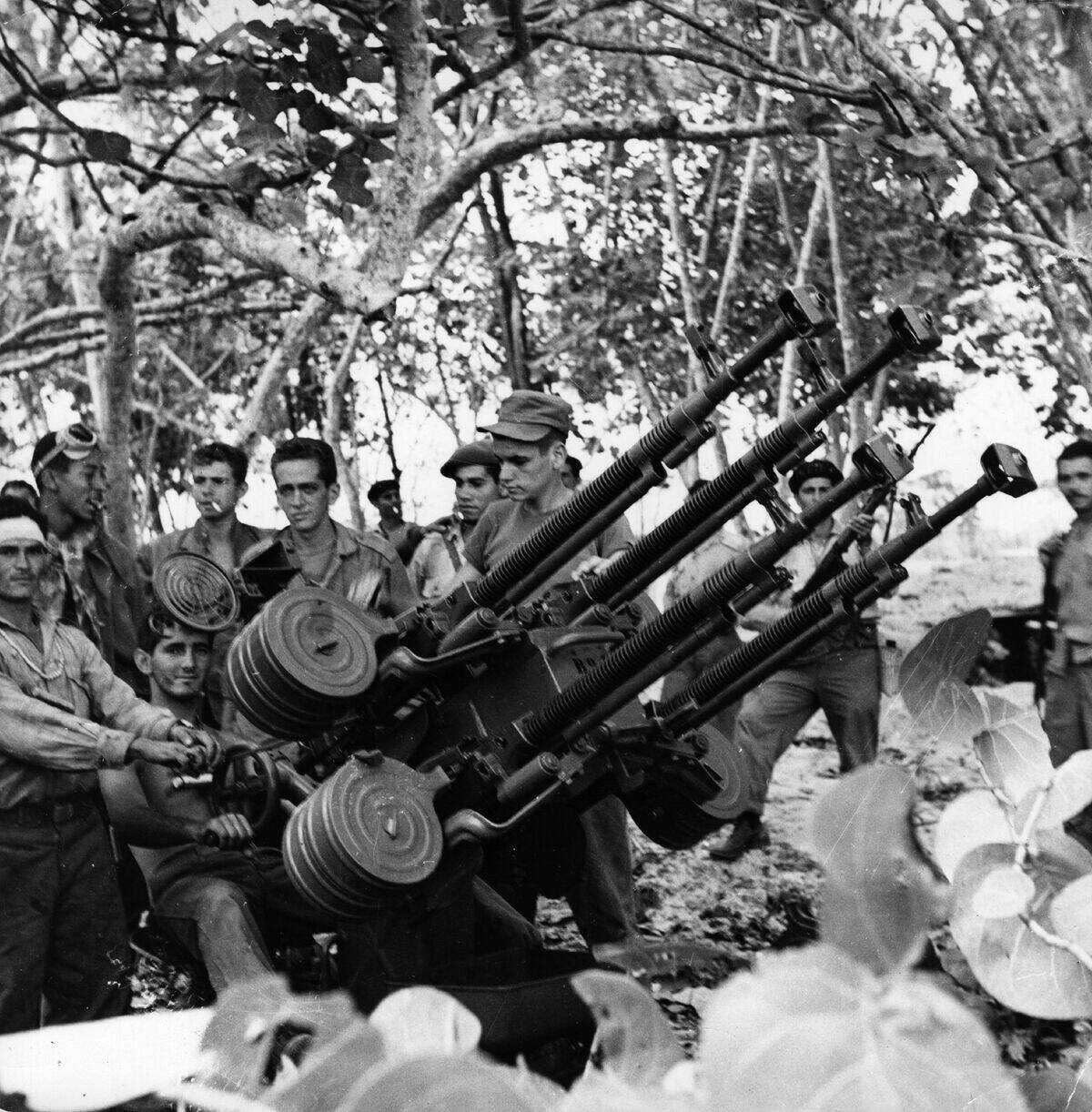
In April 1961, the Bay of Pigs Invasion was an ill-fated attempt by Cuban exiles, backed by the U.S., to overthrow Fidel Castro’s government. The plan quickly unraveled, with Cuban forces quashing the invasion in just three days. The failure was a major embarrassment for the Kennedy administration and solidified Castro’s position in Cuba. It also pushed Cuba closer to the Soviet Union, further escalating Cold War tensions in the Western Hemisphere.
Sputnik and the Space Race: Overreaching for the Stars
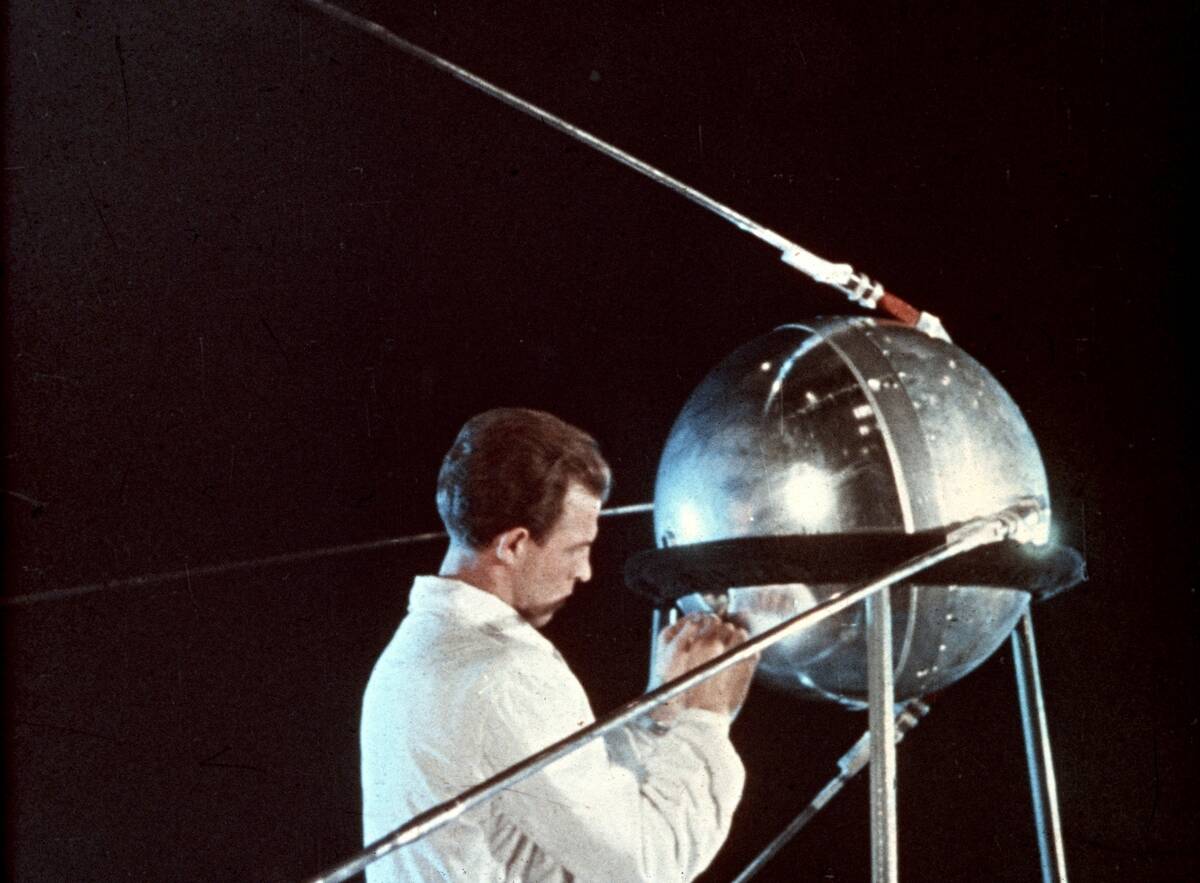
The launch of Sputnik in 1957 marked the start of the Space Race, as the Soviet Union became the first to send a satellite into orbit. This achievement rattled the United States, leading to a surge in funding for science and technology education. The Space Race saw rapid advancements, culminating in the U.S. landing on the moon in 1969. It was a time of intense competition, but also one of incredible scientific progress, as both nations reached for the stars.
The Soviet-Afghan War: The Bear’s Costly Venture
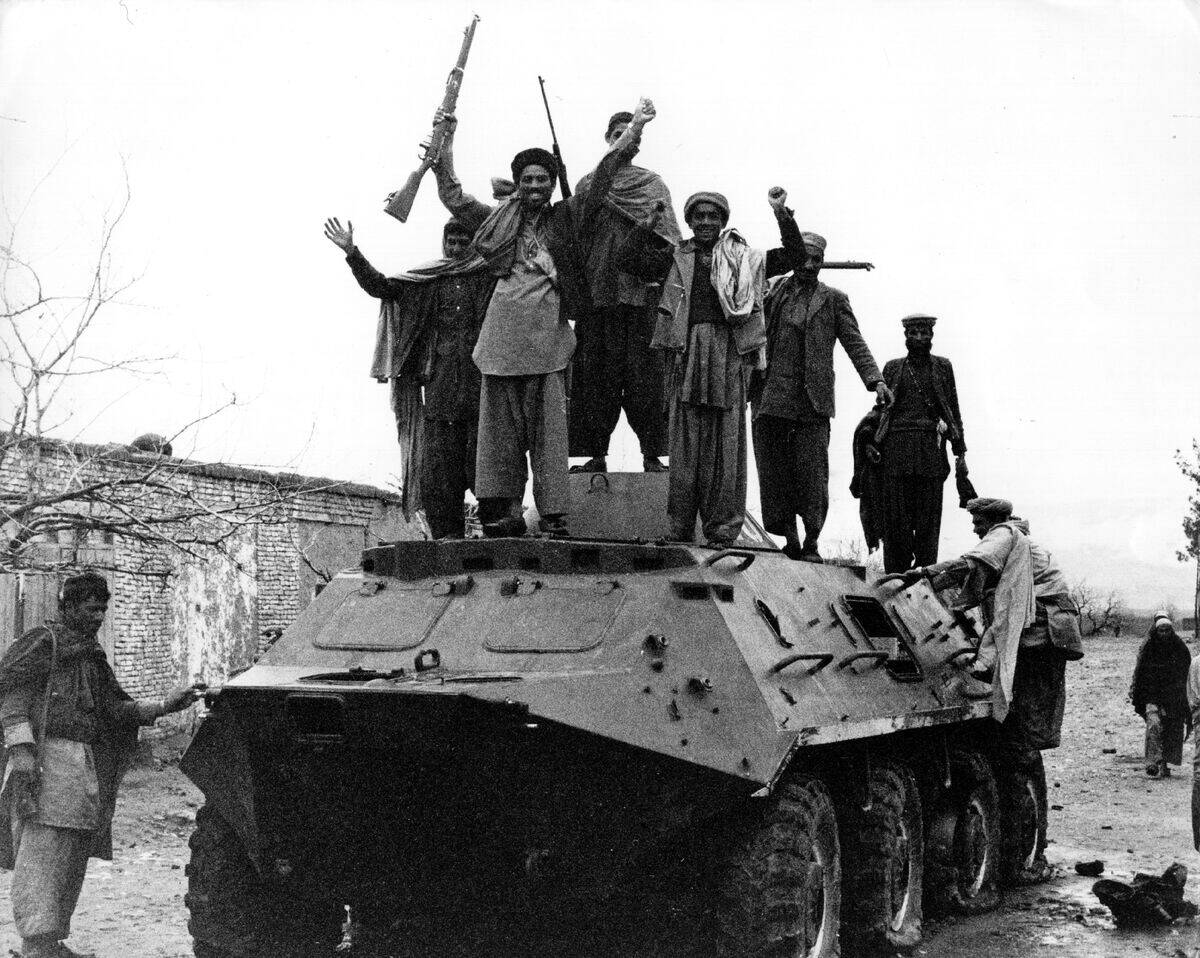
The Soviet-Afghan War, beginning in 1979, was a costly and protracted conflict for the Soviet Union. The invasion aimed to support the communist government in Afghanistan against insurgent groups known as the Mujahideen. Despite superior firepower, the Soviets faced fierce resistance, leading to a drawn-out struggle. The war ended in 1989 with the withdrawal of Soviet troops, leaving Afghanistan destabilized and contributing to the Soviet Union’s eventual collapse.
McCarthyism: A Domestic Witch Hunt Fueled by Fear
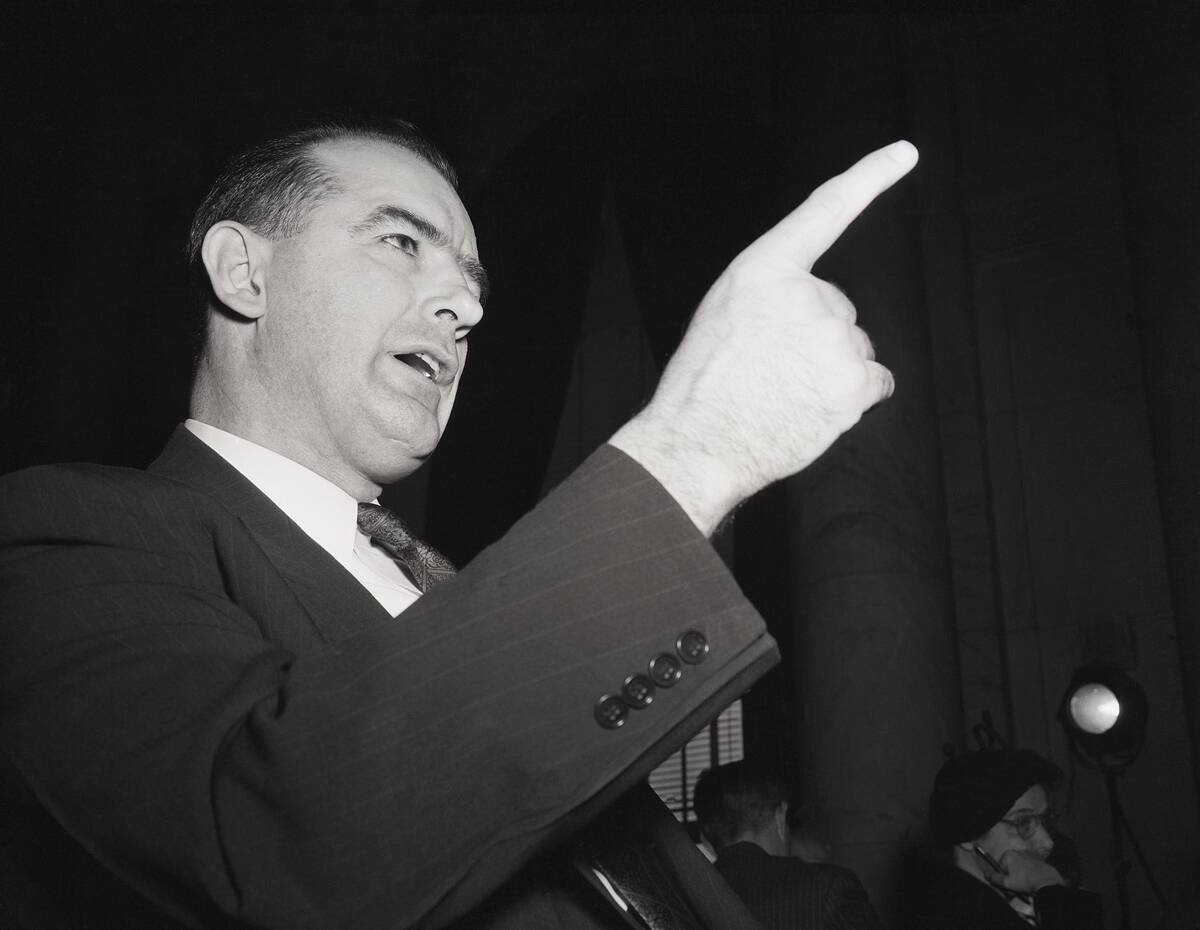
During the early 1950s, McCarthyism took hold in the United States, marked by a widespread fear of communist infiltration. Senator Joseph McCarthy led the charge, accusing numerous government officials and citizens of being communists without substantial evidence. This era saw countless careers ruined and a climate of paranoia that stifled dissent. The witch hunt eventually waned after McCarthy’s claims were discredited, but it left a lasting legacy on American politics and civil liberties.
The Prague Spring: Crushing a Dream of Reform
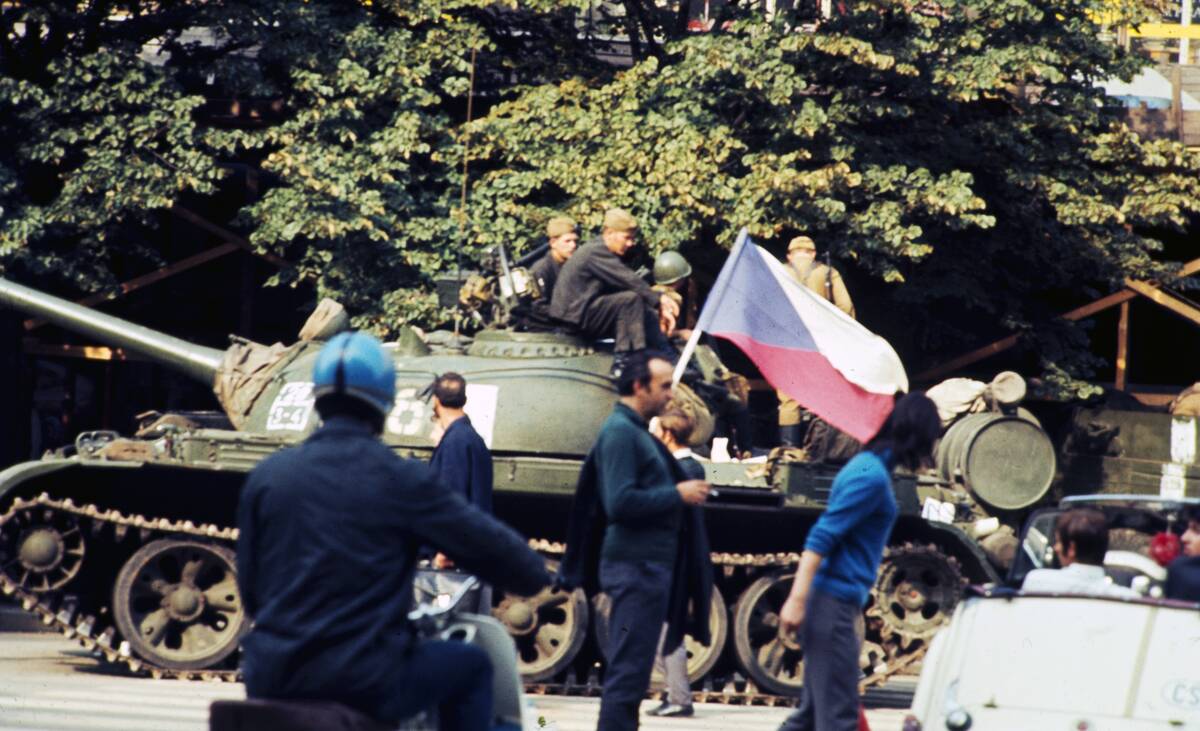
In 1968, Czechoslovakia experienced a brief period of political liberalization known as the Prague Spring. Led by Alexander Dubček, the movement sought to create “socialism with a human face.” However, this dream was crushed when Warsaw Pact troops invaded in August, ending the reforms. The invasion underscored the Soviet Union’s determination to maintain control over its satellite states and quashed hopes for political change in Eastern Europe.
The U-2 Incident: High-Flying Tensions
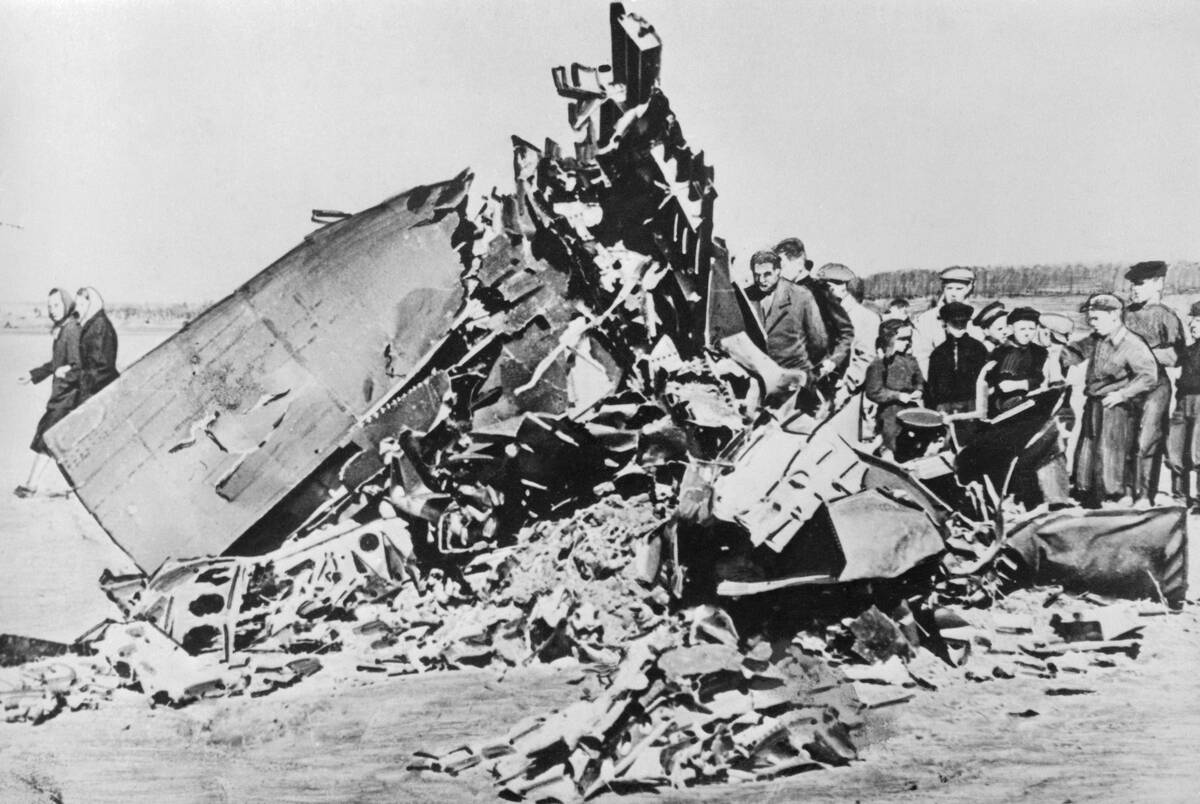
In 1960, the U-2 incident further strained U.S.-Soviet relations. An American U-2 spy plane, piloted by Francis Gary Powers, was shot down over Soviet airspace, leading to his capture. Initially, the U.S. government denied the plane’s purpose, but the Soviets produced evidence, causing a diplomatic uproar. The incident embarrassed the U.S. and led to the collapse of a planned summit between President Eisenhower and Premier Khrushchev, showcasing the fragility of Cold War diplomacy.
Détente and the SALT Talks: When Diplomacy Fell Short
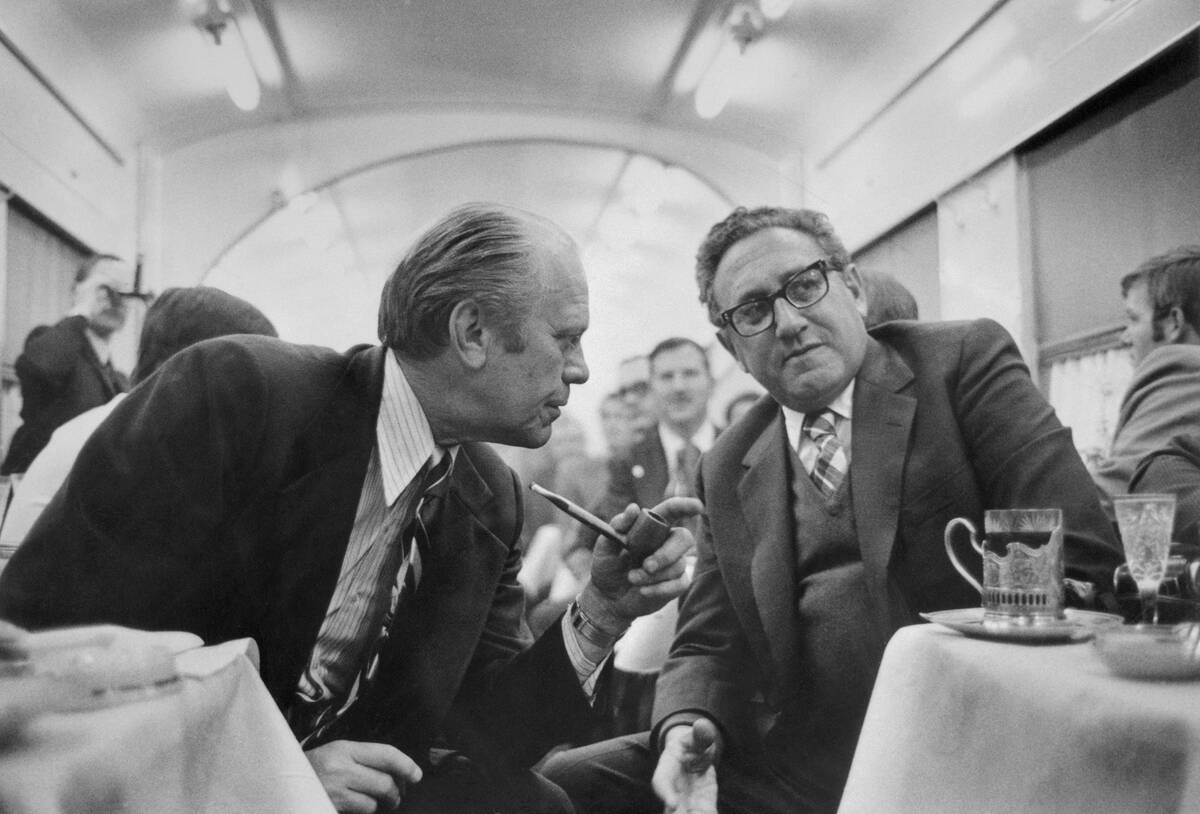
The 1970s saw a thaw in Cold War tensions, known as détente, characterized by efforts to ease hostilities. The Strategic Arms Limitation Talks (SALT) were pivotal in this process, aiming to curb the arms race. While SALT I resulted in agreements on missile limitations, SALT II faced ratification issues and ultimately stalled. Despite these diplomatic efforts, fundamental distrust persisted, and détente’s promises fell short, as newer conflicts reignited Cold War tensions.
The Role of Espionage: Spies, Lies, and Diplomatic Disasters

Espionage was a hallmark of the Cold War, with both superpowers deeply entrenched in spying activities. Agencies like the CIA and KGB orchestrated covert operations worldwide, leading to numerous diplomatic incidents. High-profile cases, such as the defection of Soviet spy Oleg Gordievsky, highlighted the intense cloak-and-dagger nature of this era. Spies operated in a world of lies and deceit, where intelligence failures could lead to diplomatic disasters and escalate tensions further.
The Berlin Wall: A Concrete Symbol of Division
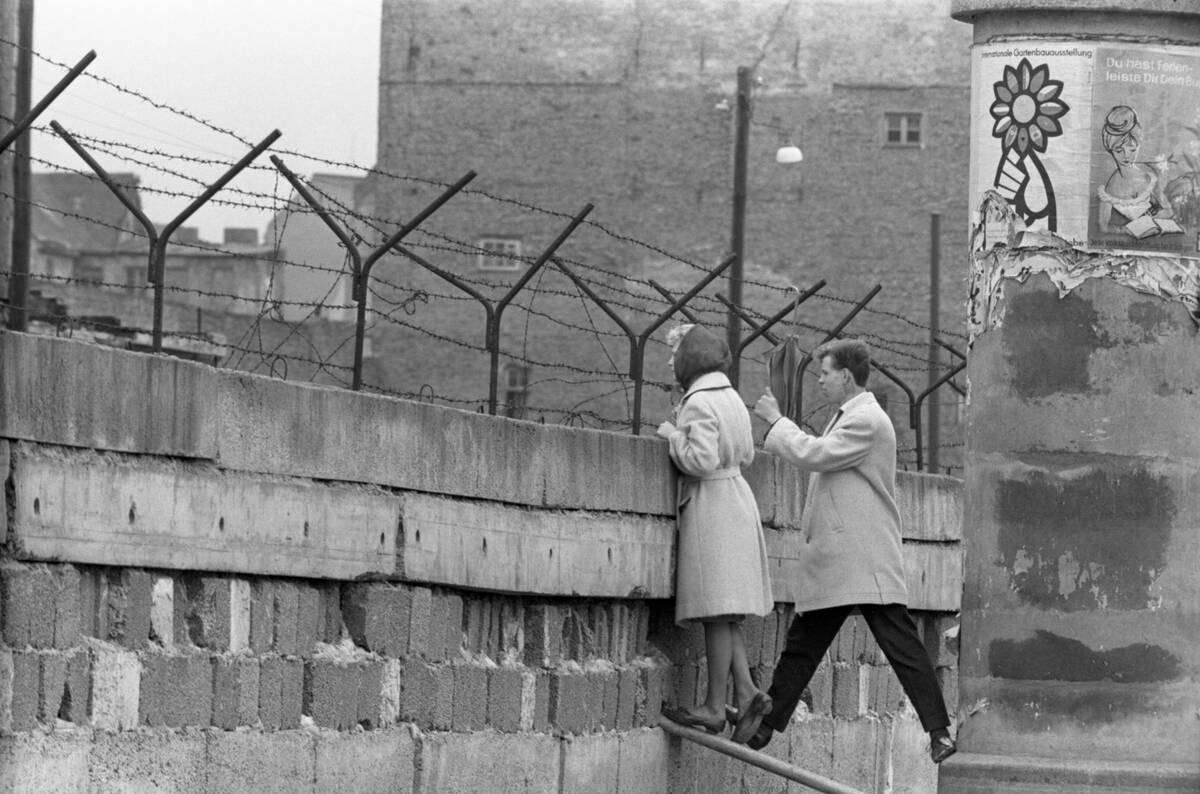
In 1961, the Berlin Wall was erected, physically dividing East and West Berlin. It became the Cold War’s most potent symbol of division, separating families and friends overnight. The wall was meant to prevent East Germans from fleeing to the West, a testament to the failure of communism to retain its citizens. Its fall in 1989 marked a pivotal moment, signaling the impending end of the Cold War and the reunification of Germany.
The Chernobyl Disaster: A Nuclear Nightmare with Global Fallout
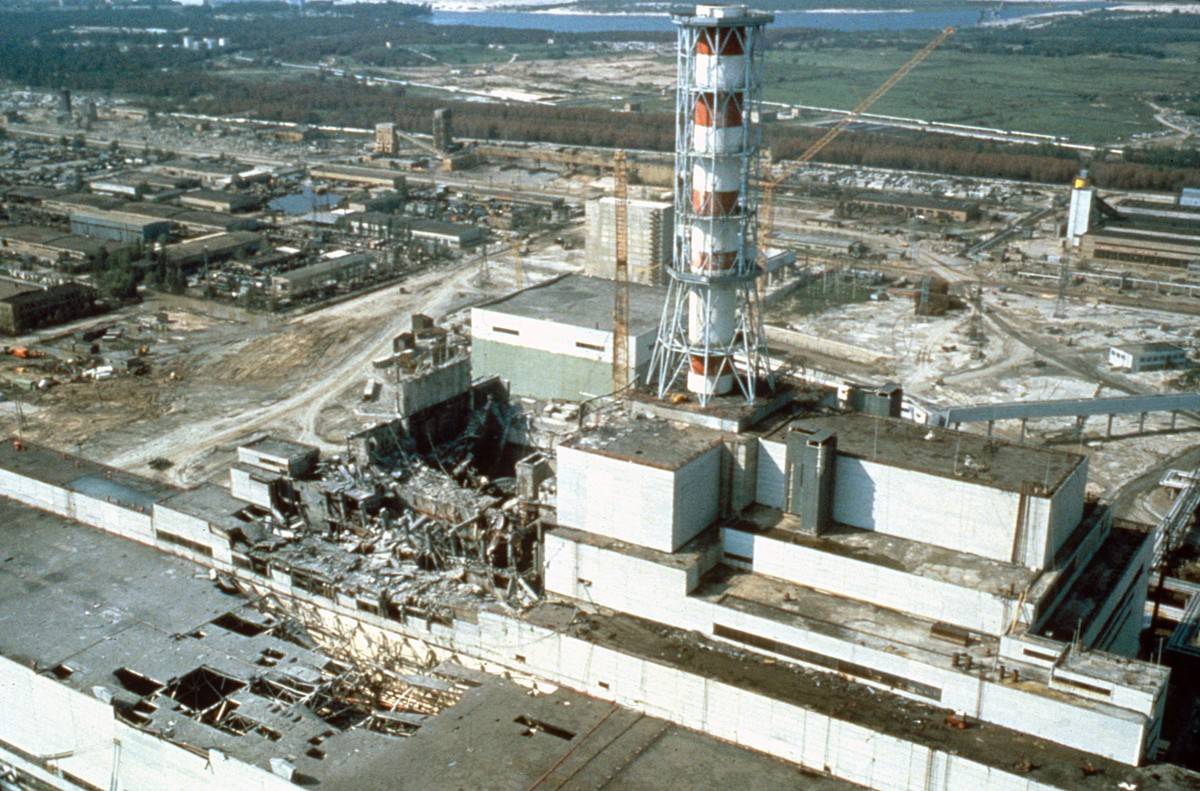
The Chernobyl disaster in 1986 was a catastrophic nuclear accident that shook the world. The explosion at the Soviet reactor released massive amounts of radioactive material, affecting millions in and beyond the USSR. The disaster exposed the Soviet Union’s systemic problems, including secrecy and inadequate safety measures. Chernobyl’s fallout had long-lasting health and environmental impacts, and it served as a grim reminder of the potential dangers of nuclear technology.




